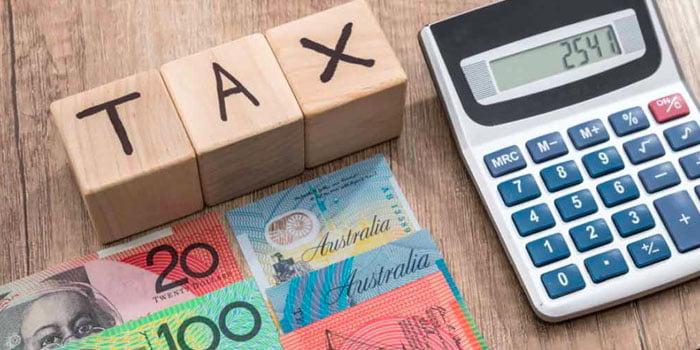Demystifying Depreciation Schedules:
Your Guide to Maximizing Tax Returns in Queensland, Australia
As a savvy taxpayer in Queensland, Australia, you want to make the most of your tax returns. One often overlooked strategy that can significantly impact your bottom line is understanding how to use depreciation schedules. By leveraging depreciation, you can legally reduce your taxable income and increase your tax deductions. In this article, we’ll explore what depreciation schedules are, their importance in your tax return, and how to effectively utilize them to your advantage.
Understanding Depreciation Schedules
Depreciation refers to the decrease in the value of an asset over time due to wear and tear, obsolescence, or other factors. In simple terms, it recognizes that assets lose value as they age or become less useful. To account for this decrease in value, the Australian Taxation Office (ATO) allows taxpayers to claim depreciation as a deduction against their taxable income.
A depreciation schedule is a crucial document that outlines the depreciation deductions you can claim for specific assets you own. It provides a breakdown of the depreciation allowances for each asset over its effective life. Properly categorizing and calculating the depreciation of your assets is essential for ensuring you claim the correct deductions in your tax return.
Types of Assets Eligible for Depreciation
In Australia, two primary types of assets are eligible for depreciation claims:
- Plant and Equipment: This category includes movable assets such as furniture, machinery, and electronic appliances within the property.
- Building or Capital Works: This category covers the construction costs of the building itself, including walls, roofs, and structural assets.
Steps to Use Depreciation Schedules in Your Tax Return
- Engage a Quantity Surveyor: To ensure accurate and comprehensive depreciation schedules, it’s recommended to engage a qualified Quantity Surveyor. They possess the expertise to assess the value and lifespan of your assets, ensuring you claim all eligible deductions.
- Acquire a Detailed Schedule: Your Quantity Surveyor will provide you with a comprehensive depreciation schedule. This schedule will outline the depreciable assets, their respective effective lives, depreciation rates, and the total deductions you can claim each year.
- Claim Depreciation Deductions: When filing your tax return, use the information from the depreciation schedule to claim your deductions accurately. The ATO allows two methods for claiming depreciation:
a. Prime Cost Method: This method spreads the depreciation deductions evenly over the asset’s effective life. b. Diminishing Value Method: This method allows higher deductions in the early years, reflecting the faster decline in an asset’s value.
- Update Your Schedule Regularly: As you make improvements or additions to your property or acquire new assets, ensure your depreciation schedule stays up-to-date. This way, you’ll maximize your deductions and reduce your taxable income effectively.
Benefits of Utilizing Depreciation Schedules
- Increased Cash Flow: By claiming depreciation deductions, you can reduce your tax liability, resulting in higher cash flow for other investments or expenses.
- Maximizing Returns on Investment Property: If you own an investment property in Queensland, depreciation can substantially increase your return on investment by reducing your holding costs.
- Tax Compliance: Utilizing Tax depreciation schedules ensures that you claim deductions accurately and comply with ATO regulations, minimizing the risk of audits or penalties.

Conclusion
Mastering the art of utilizing depreciation schedules in your tax return is a smart financial move for any taxpayer in Queensland, Australia. By understanding the types of assets eligible for depreciation, engaging a qualified Quantity Surveyor, and staying informed about the latest ATO guidelines, you can optimize your tax deductions and boost your overall financial well-being. Remember to keep your depreciation schedule up-to-date and consult with a tax professional if you have any uncertainties. With this knowledge in hand, you’ll be well-equipped to navigate the complexities of depreciation and make the most of your tax returns.
